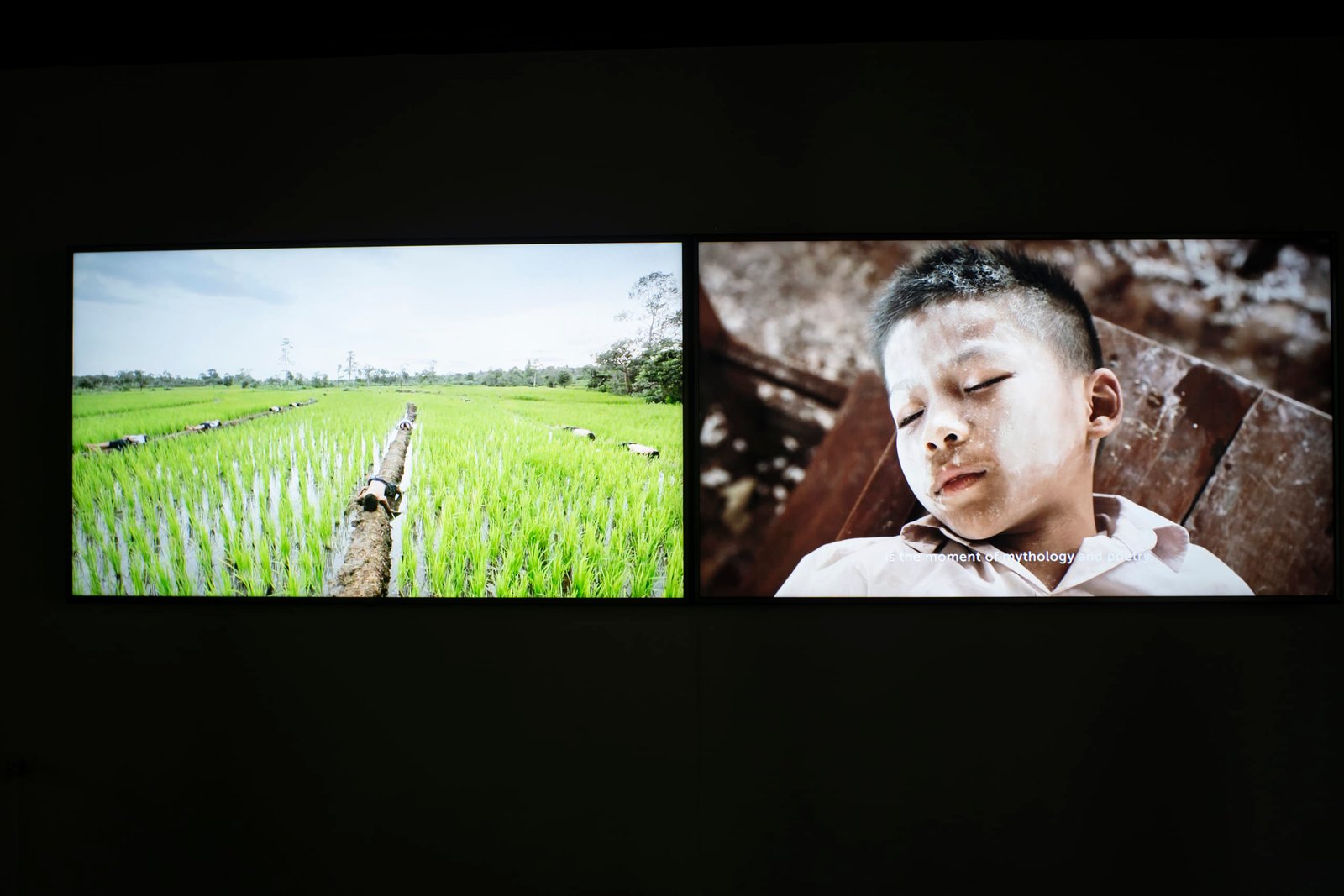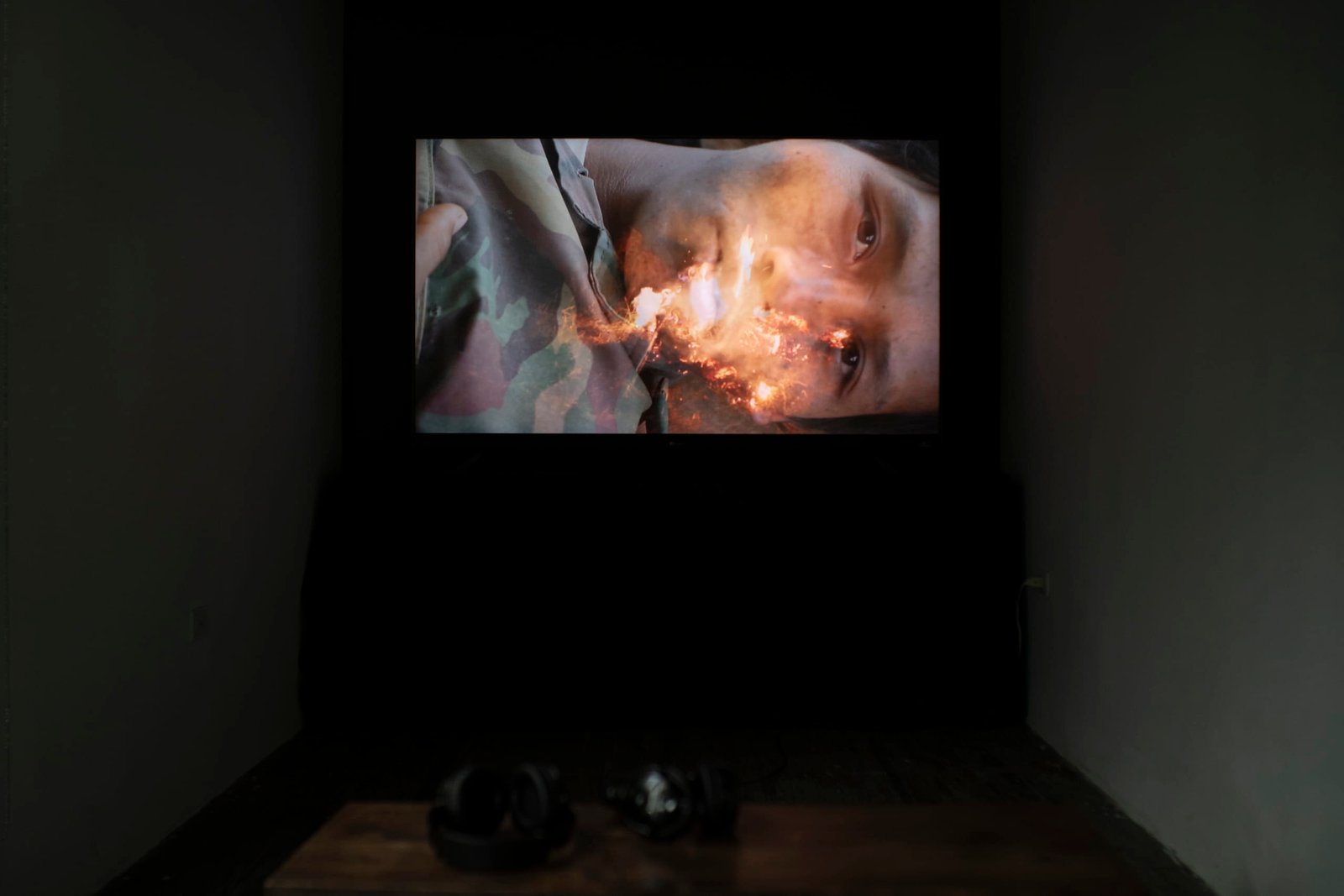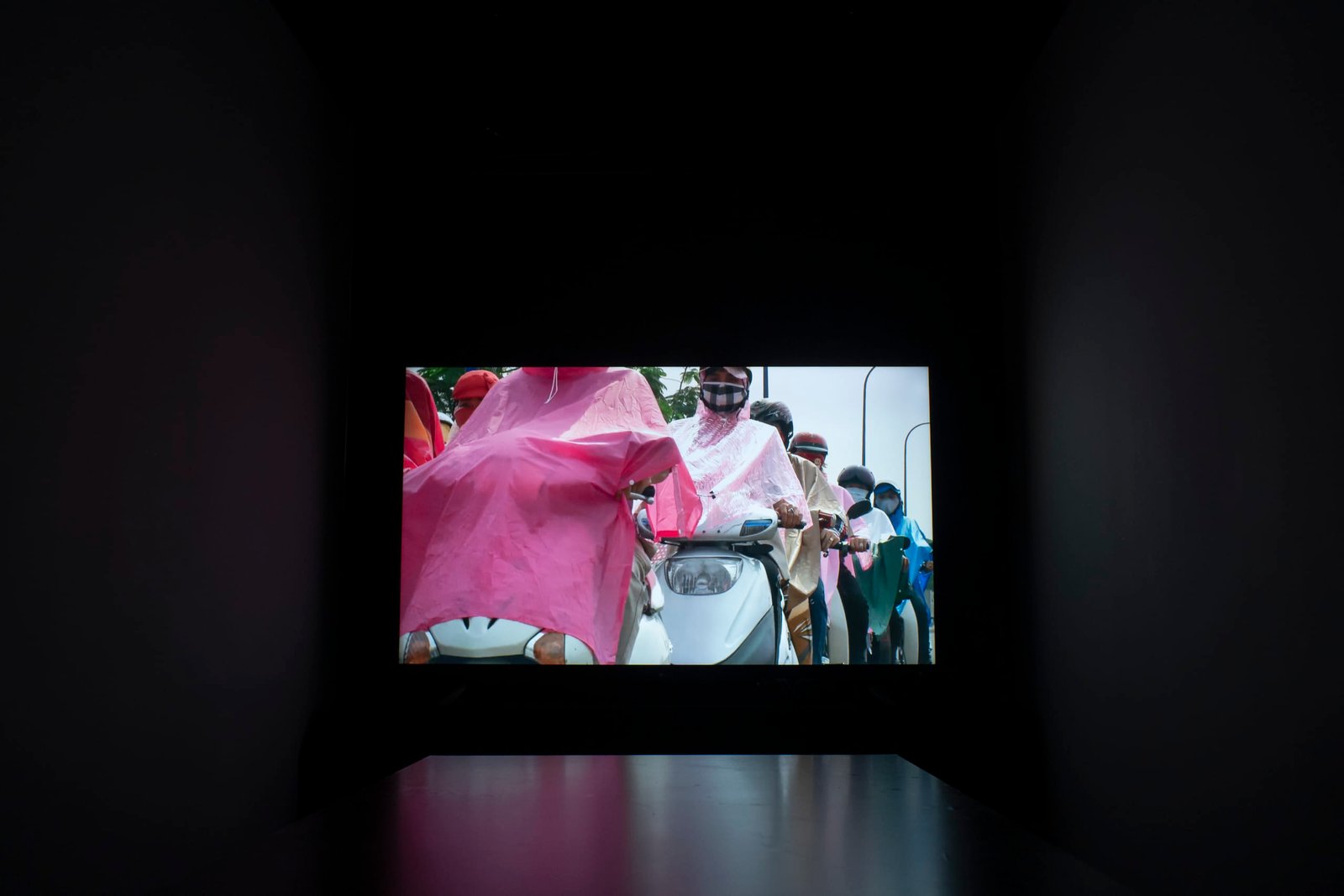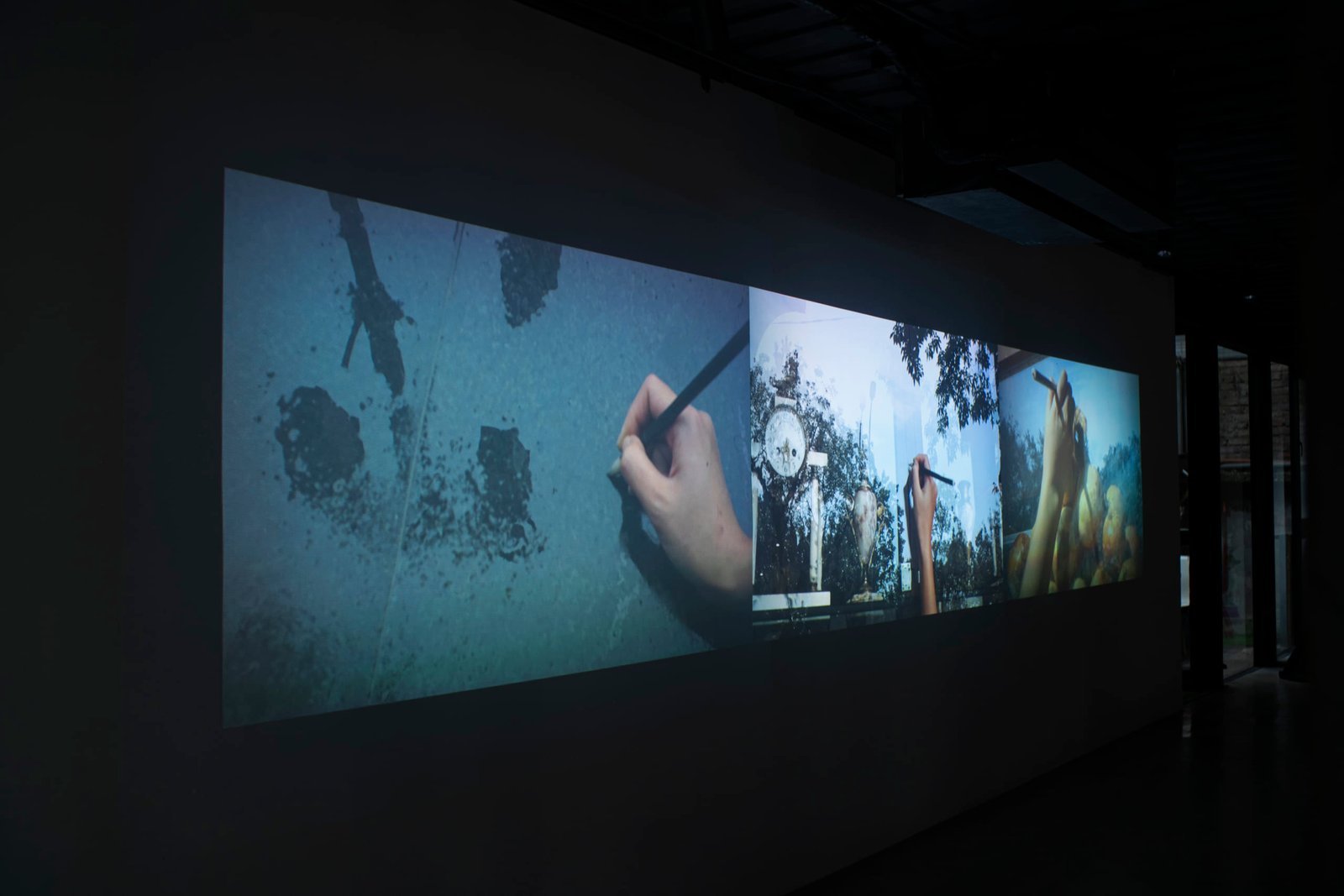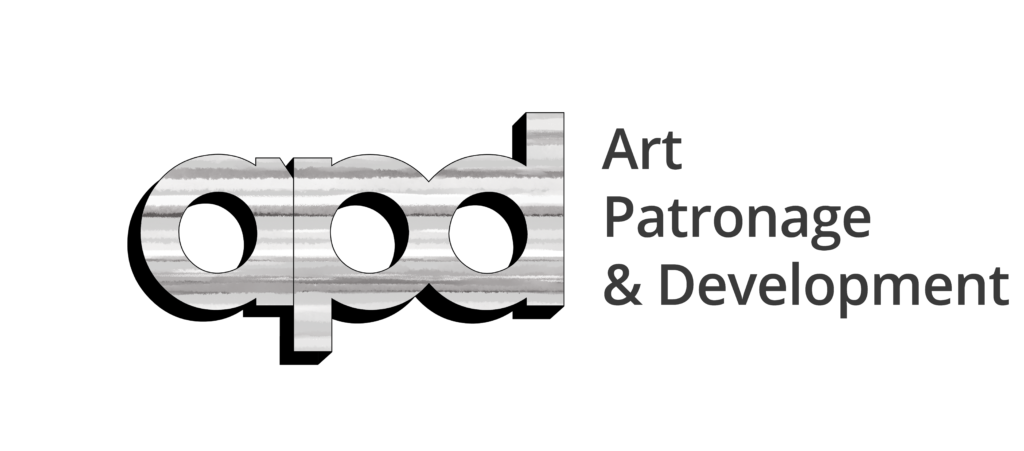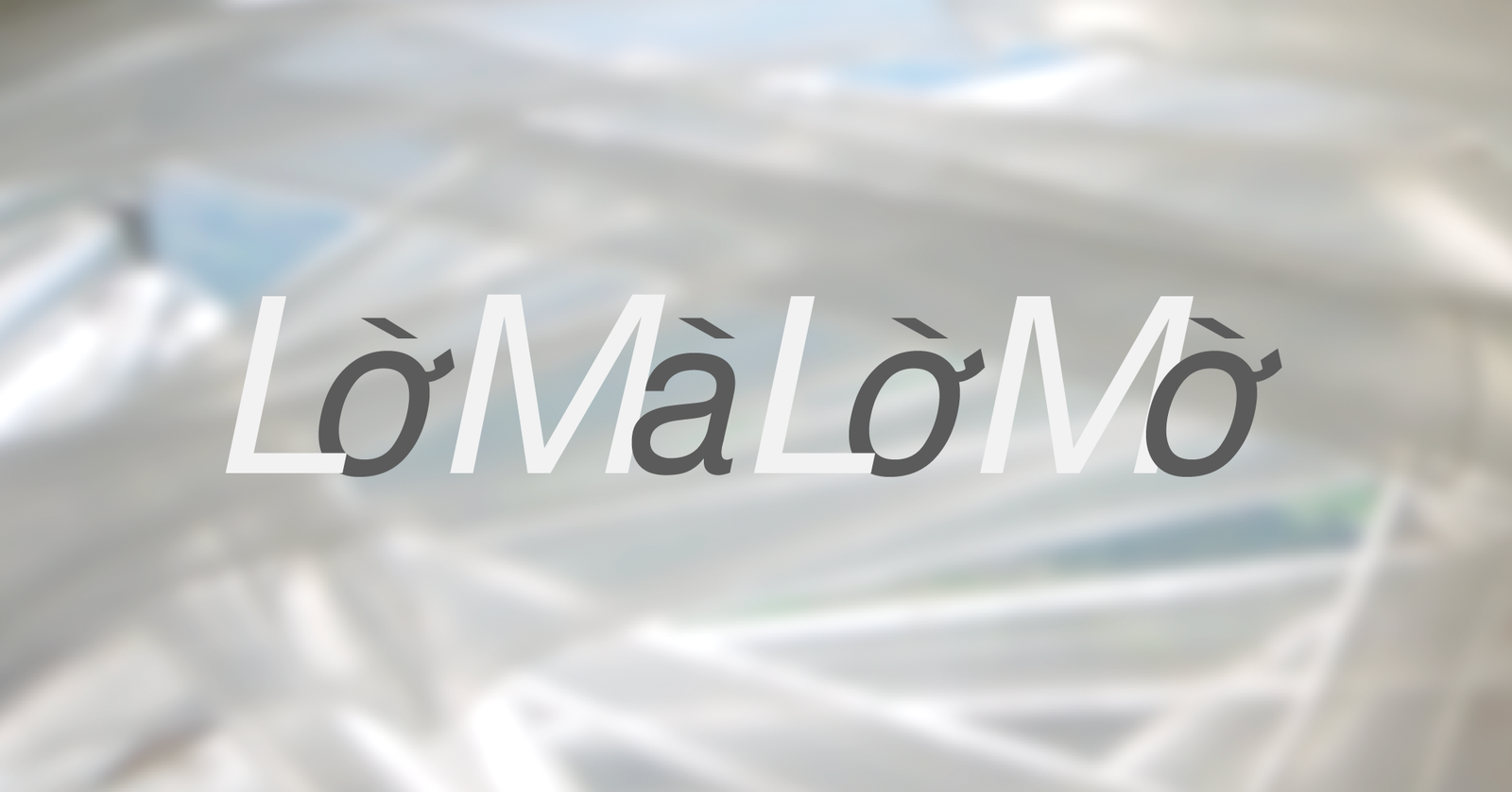
LỜ MÀ LỜ MỜ – VIDEO ART PROJECT
LờMàLờMờ is a video art project initiated and run by APD including screenings, curatorial tours, discussions and talks. This project is part of our art development programs aiming at supporting the public, professionals, and artists with information, opportunities for exchange, research and practice programs; helping them access various areas of art practice, concepts, techniques, and artistic messages. With this project, APD aspires to create visual experiential opportunities in which the public and art practitioners will be exposed to knowledge and information about video art as well as the position and role of video art in an overview of artistic and social development.
Historical and social context
The arts scene in Vietnam has been lacking a formalized system of theoretical and practical training in experimental film, moving image, video art in particular, and contemporary art in general. The moving image community has been learning from various sources including overseas institutions, short-term training courses offered by a few experimental art centers in Vietnam, studio apprenticeships with senior artists; but most often, artists have been self-taught.
This reality has adversely affected the development of arts, the quality of artworks, and has hampered the creative drive of local artists.
Besides, it can be predicted that domestic arts will continue to be subject to state censorship and freedom of expression will remain improbable in the Vietnamese socio-political environment.
Therefore, it is essential to increase the sharing of academic information and access to relevant archives, the frequency of expert discussions, artworks presentations, and creative practice workshops. Through these activities, we can partially compensate for the absence of a formal training system and promote freedom of expression.
About LờMàLờMờ
After over two decades of primitive practices in moving image in Vietnam, most viewers, and even artists, remain in the dark when it comes to distinguishing the different forms of experimental film/video types, or distinguishing concepts like Experimental Film, Moving Image, and Video Art. Hanoi University of Fine Arts once established a department of video art, but it was closed after one academic year. Furthermore, projects created by the students in that year resembled commercial and entertainment video clips more than works of art.
In this context, the APD center, with its focus on arts patronage and development, is organizing a video art show titled LờMàLờMờ. The show presents several selected works of Vietnamese artists over the past 20 years. They are all in form of video art and independently produced, with hardly any external influence.
This exhibition will include curator tours, discussions, talks, and workshops, and aims at providing information and inspirations to the public, students, and young artists.
APD also hopes to offer to the public, professionals, and artists the opportunities to access different creative practice spaces, to learn about various artistic concepts, techniques, and messages, as well as to understand the position and role of video art in the general development of arts and society.
Statement
This exhibition is like a mirror reflecting the modern history of a country that contains numerous hidden aspects, assumptions and unofficial histories. The so-called “official history” is not respected by the people, leading to the syndrome of refusing to learn history in recent generations. This has consequently given rise to both tragedies and ridiculous stories. In addition, the explosion of information caused mainly by social networks and the development of democratic consciousness has created new understandings of history, while the long-hidden historical truths gradually revealed!
LờMàLờMờ is a selection of works with various practices. These works combine motions and images that are metaphorical, melodic, and inspirational. The content and camera angles range from balanced and neat to unconventional and evocative. Not only do the images and motions possess many layers of meaning, the background of the scenes portrays a harsh reality, a serious attitude and a sense of forecasting, the intertwining and the implicit dialogues between the past and the present.

